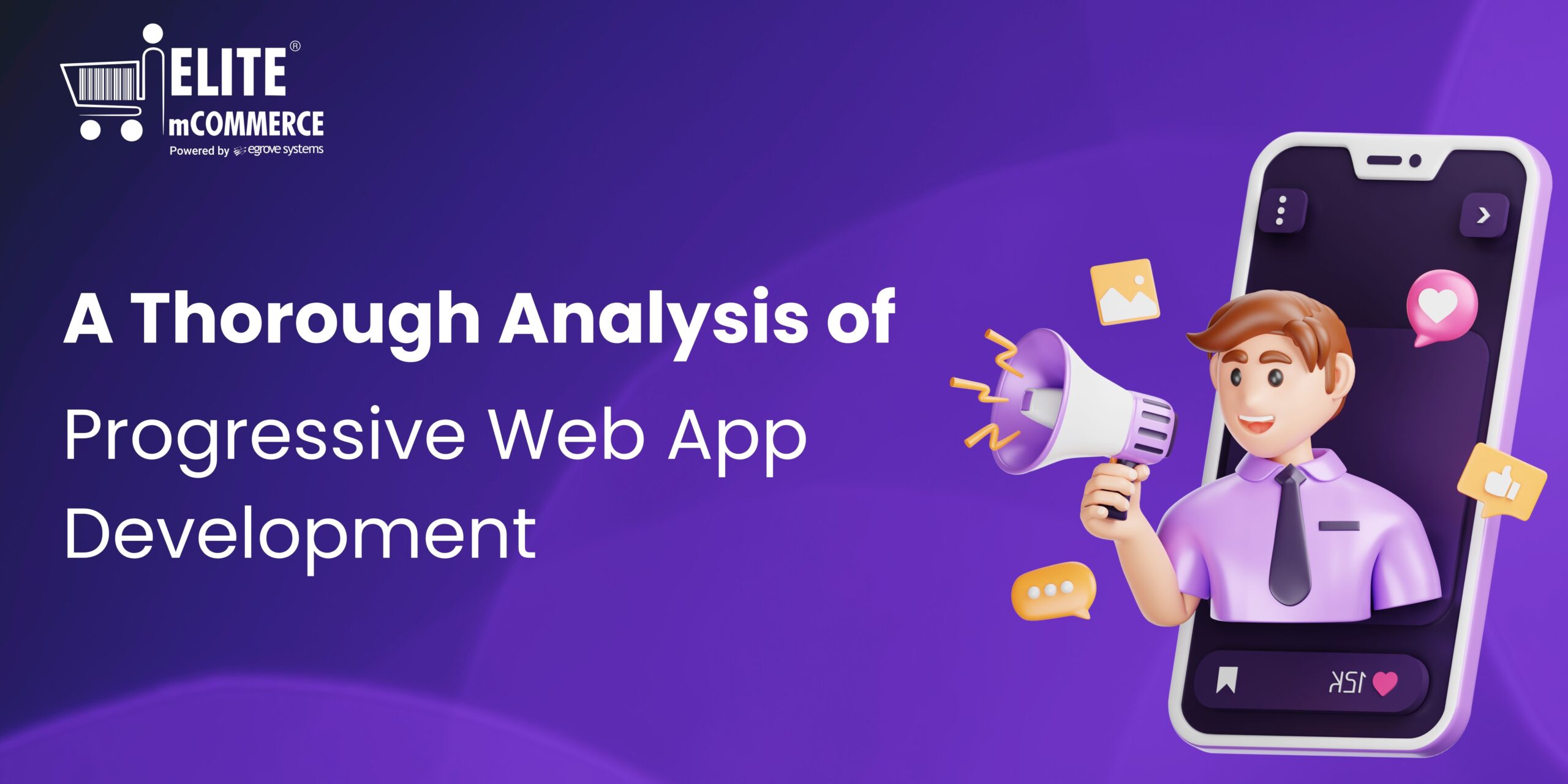As Artificial Intelligence (AI) continues to revolutionize digital experiences, two key technologies have emerged: conversational AI chatbots and AI assistants. Though often used interchangeably, these tools have distinct functionalities and capabilities. Knowing the differences between them can help you decide which one best fits your needs.
In this article, we’ll explore the conversational AI chatbot vs assistants, highlighting their features, uses, and how they can benefit businesses and individuals.
What is a Conversational AI Chatbot?
A conversational AI chatbot is a software program built to simulate human conversation. Powered by Natural Language Processing (NLP) and machine learning, chatbots are designed to understand and respond to user queries. They are commonly used in areas like customer service, marketing, and sales automation.
Key Features of Conversational AI Chatbots:
- Automated Responses: Chatbots deliver instant replies based on predefined rules or AI learning models.
- 24/7 Availability: Unlike human agents, chatbots can provide support at any time of day or night.
- Text and Voice Support: Some chatbots offer both text-based and voice interactions.
- Task-Specific Functionality: Chatbots excel at handling specific tasks, like answering frequently asked questions (FAQs), booking appointments, or processing orders.
Common Uses of Conversational AI Chatbots:
- Customer Support: Offering fast, automated responses to customer inquiries.
- Lead Generation: Engaging website visitors and collecting essential user data.
- E-commerce Assistance: Helping customers track orders, recommend products, or make purchases.
- Healthcare & Banking: Assisting patients with appointment scheduling or providing banking services like account balance inquiries.
What is an AI Assistant?
An AI assistant (also known as a virtual assistant) is a more advanced version of conversational AI. These assistants not only respond to queries but also handle complex tasks, providing personalized and contextual interactions. AI assistants use deep learning, voice recognition, and more advanced AI techniques to make user experiences more dynamic.
Key Features of AI Assistants:
- Multi-Tasking: Unlike chatbots, AI assistants can manage several tasks, such as setting reminders, sending emails, or controlling smart devices.
- Personalization: AI assistants learn from user interactions to offer tailored experiences.
- Voice Activation: Popular AI assistants like Siri, Alexa, and Google Assistant respond to voice commands.
- Integration with Apps: AI assistants connect with third-party applications, allowing you to book rides, play music, or control home devices.
Common Uses of AI Assistants:
- Smart Home Control: Managing smart lights, thermostats, and security systems.
- Work Productivity: Helping users schedule meetings, send reminders, or manage emails.
- Entertainment & Search: Providing music recommendations, answering queries, or offering weather updates.
- Accessibility Support: Assisting individuals with disabilities through voice-based commands and automation.
Conversational AI Chatbot vs AI Assistants: Key Differences
Even though both conversational AI chatbots and AI assistants use advanced AI and NLP, there are significant differences between them.
| Feature | Conversational AI Chatbots | AI Assistants |
|---|---|---|
| Primary Function | Handles specific tasks like customer support and lead generation | Acts as a personal helper for various tasks |
| Level of Intelligence | Operates on predefined scripts or models | Uses deep learning and context to adapt responses |
| Interaction Type | Primarily text-based, some support voice | Mainly voice-activated, with text options |
| Personalization | Limited personalization based on predefined scenarios | Learns user preferences for tailored responses |
| Multi-Tasking | Focuses on a single task at a time | Handles multiple tasks across different platforms |
| Integration | Often linked to customer service and business platforms | Integrates with smart devices and third-party apps |
Which One is Right for You?
Choosing between a conversational AI chatbot and an AI assistant depends on your needs.
Use a Conversational AI Chatbot If:
- You want to automate customer service or streamline lead generation.
- You need a cost-effective solution for answering frequent questions.
- You want to provide 24/7 customer support availability for handling repetitive tasks.
Use an AI Assistant If:
- You need a personal assistant to manage daily tasks and improve productivity.
- You want voice-activated control over smart home devices.
- You require a multi-functional AI tool that integrates with various apps and platforms.
The Future of Conversational AI
The capabilities of conversational AI chatbots and AI assistants continue to evolve. Here’s what you can expect in the future:
- More Human-like Interactions: Advances in NLP will make interactions with both chatbots and assistants feel more natural.
- Enhanced Personalization: Both AI tools will become even more attuned to user behavior, offering more tailored experiences.
- Seamless Integrations: AI assistants and chatbots will increasingly work together, improving overall efficiency across platforms.
Conclusion
While both conversational AI chatbots and AI assistants help businesses and individuals, they serve different purposes. Chatbots are perfect for handling structured, task-specific conversations, while AI assistants excel at multi-tasking, personalization, and more complex interactions. Understanding the key differences between these two AI-driven tools will help you select the one that best meets your needs.
If you’re looking to enhance customer engagement, boost lead generation, or streamline operations, ChatArm’s AI chatbot can be a great solution. Start exploring today and see how it can transform your digital interactions!




